A native of North America, Europe, and Asia, the wolf is adored and feared by certain people.
Following centuries of relentless human persecution, they are beginning to recover within their current habitats and are even being reintroduced into places like Yellowstone Park.
Although wolves come in several species, their teeth traits are similar.
Wolf teeth that have developed to make them effective killers, the gray wolf (Canis lupus) and red wolf (Canis rufus), together with all subspecies, are essentially carnivorous apex predators.
They may hunt and eat smaller animals like rabbits and beavers when necessary, but ungulates like moose, deer, and elk are their main food source.
Living close to populated areas, they could also attack household animals like sheep or cows.
The 42 permanent teeth that wolves have as adults sprout between the ages of 4 and 6 months. Their upper jaw formula, which consists of two molars on each side, four premolars, one canine, and three incisors, is 3.1.4.2. The formula for their lower jaws is 3.1.4.3.
The table below includes a quick list of wolf teeth facts*:
| Hemimaxilla dental formula (I.C.PM.M) | 3.1.4.2 |
| Hemijaw dental formula (I.C.PM.M) | 3.1.4.3 |
| Total number of teeth | 42 |
| Canine teeth length | 2.5 inches |
| Milk teeth eruption | Approx. 2 weeks |
| Permanent dentition eruption | 4-7 months |
| Bite force | 1,500 PSI |
The information in the above table came from official sources listed throughout the text as well as research papers and scholarly publications.
Wolf Jaw Morphology And Dental Formula
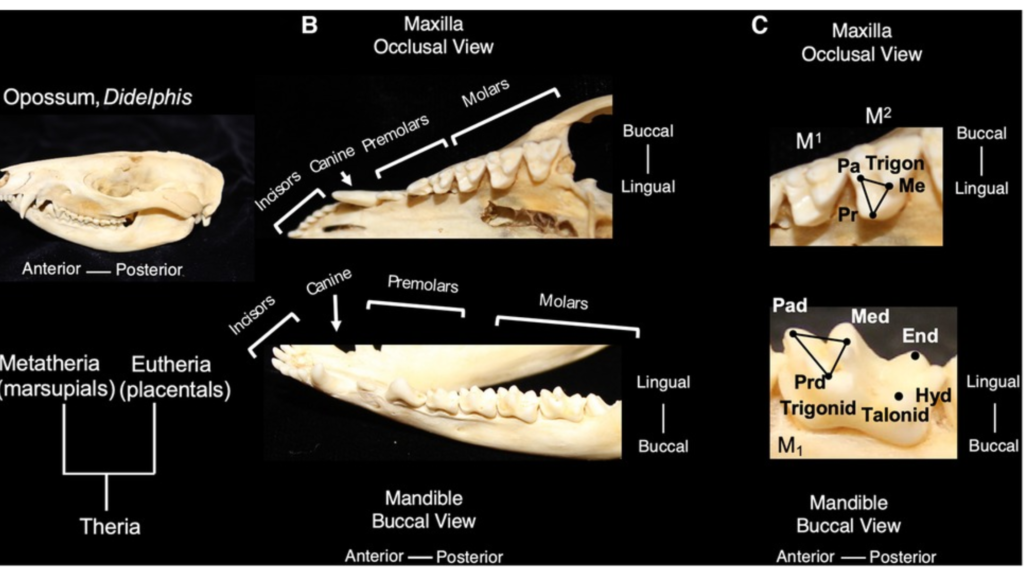
Wolves’ keen and lethal fangs and strong jaws have developed to allow them to efficiently kill and dismember their prey.
Wolves have three incisors, one canine, four premolars, and two molars on each side in their maxilla, or upper jaw.
They have nearly the same structure in their lower jaw, with one additional tooth on each side.
How Many Teeth Do Wolves Have?
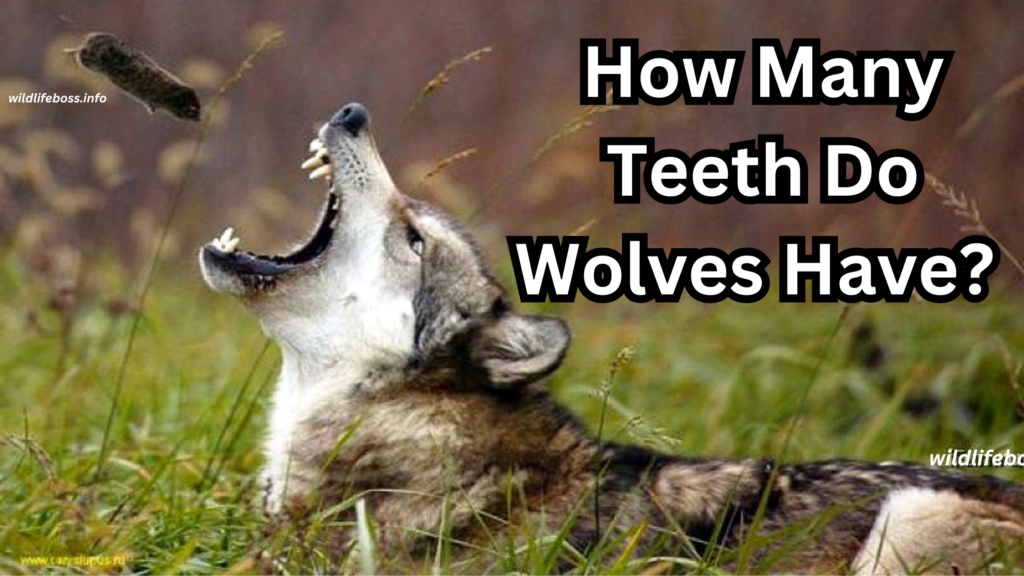
There are 42 wolf teeth in total in an adult wolf: 20 on the maxilla, or top jaw, and 22 on the mandible, or lower jaw. There are 28 milk teeth in wolf pups.
Wolf Teeth Size
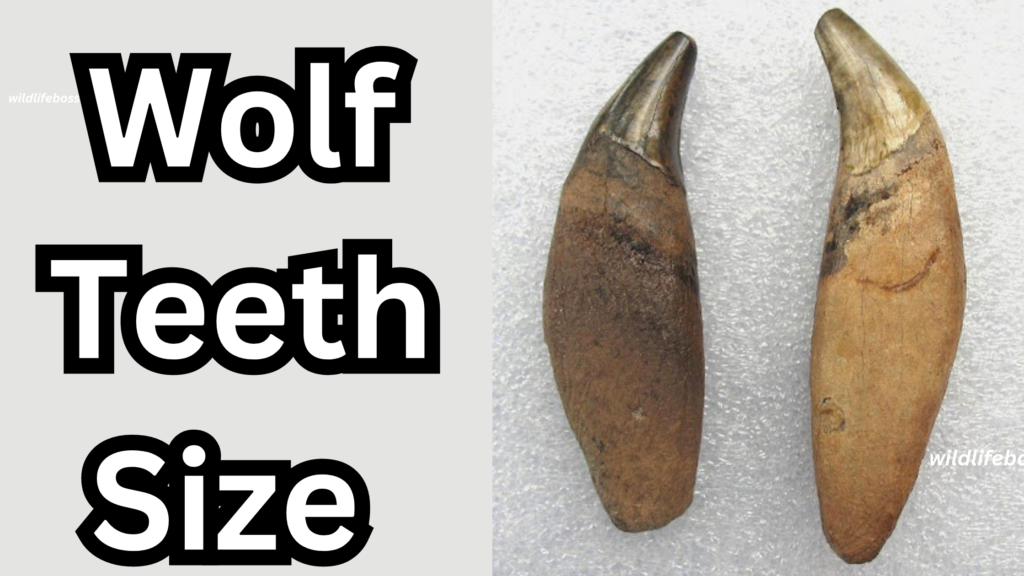
Wolves require large, sharp teeth because their survival depends on their ability to kill animals and then tear apart the bodies.
The canine teeth are powerful and sharp enough to enter the target animal’s hide and keep it there until it is killed. They may reach a maximum length of 2.5 inches and a quarter of an inch in diameter.
Together with the first three premolars on the lower jaw, the middle two upper premolars’ three pointed crowns chop flesh like a sharp knife.
Because the fourth premolar is sharper and larger than the other three, it forms a scissor-like contact with the first molar on the lower jaw and the fourth premolar on the upper jaw.
The wolf grinds up any vegetative stuff it eats as well as tough animal tissue using its smaller molars at the back of the jaw.
Milk Teeth Eruption And Permanent Dentition:
Wolf pups start to break their milk (or temporary) teeth at two weeks of age. They have been weaned and are now eating meat by three months.
By the time they are seven months old, the deciduous wolf teeth have been forced out and replaced with permanent ones.
Wolf Bite Strength:
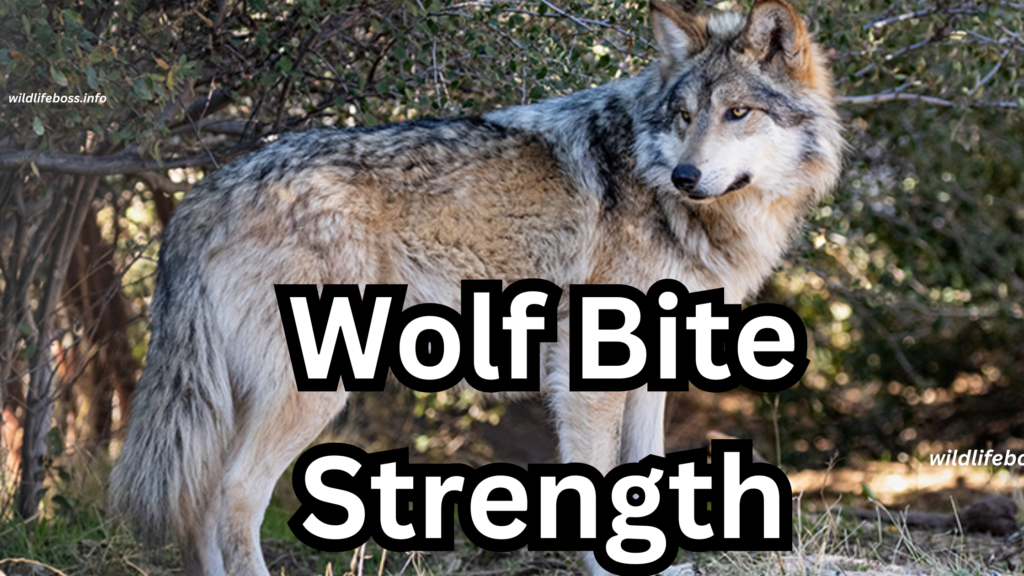
The strength of a wolf’s bite may reach 1,500 pounds per square inch. This provides their teeth and jaws the power to break through their prey’s bones and retrieve the nutrient-rich marrow.
They may also grasp onto and take down their prey more readily due to the power of their bite.
They may be pulled along at up to 40 mph when chasing and trapping an animal that moves quickly, such an elk or deer, yet their strong jaws let them to hold on until they can cause a fatal wound.
Can A Wolf Teeth Determine Its Age?
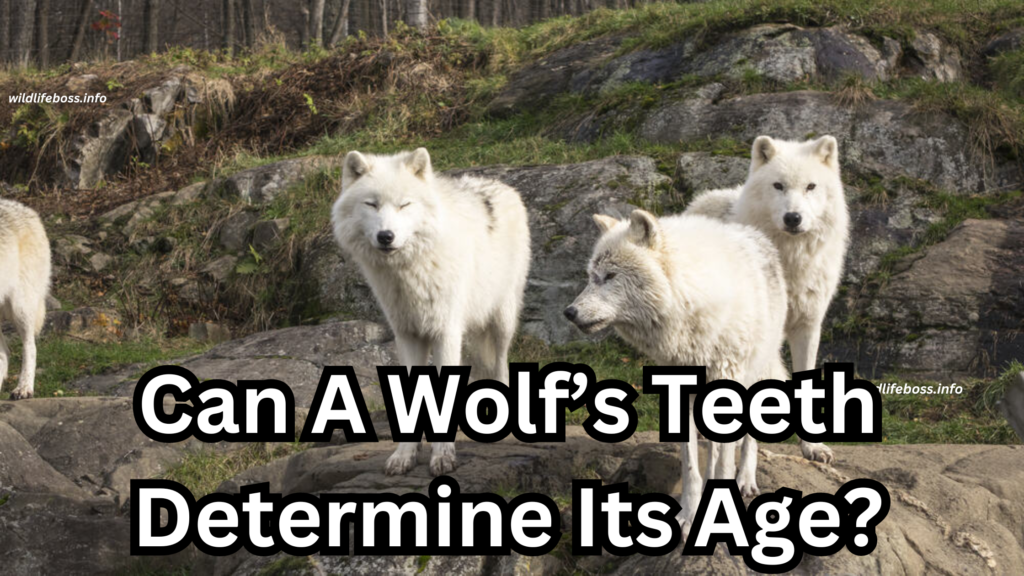
Because they use their jaws to kill their food and then tear apart the corpses and crush the bones, wolves put a lot of wear and strain on their teeth.
Teeth injury can result even from wolves protecting their home range and potential mates from other wolves.
Naturally, a wolf pup may be easily identified by size in addition to its milk teeth, but there’s also a significant difference between a fully grown wolf that’s a year or two older and one that’s five or six years old.
When wolves reach 10 years of age, they frequently only have the tips of their once-deadly fangs remaining, but once they are unable to hunt on their own, other pack members have been seen to help.
The two most popular techniques for estimating a wolf’s age are counting cementum annuli on teeth and looking at tooth wear.
The accumulation of deposits on a wolf teeth is called cementum annuli, and it inevitably grows larger as the animal ages.
Since canine teeth are the most accurate to test, and without them a wolf cannot defend itself or kill prey, this can only be done correctly after the wolf has passed away.
When a wolf’s age is established, it is often accurate to within a year.
Though the results are not as precise as when dogs are tested, researchers have occasionally anesthetized wolves and extracted their premolars in order to examine them for cementum annuli.
Upon collaring and examining live specimens, tooth wear can be seen. Numerous factors, like as nutrition and anomalies such an overbite, might influence an individual’s tooth wear.
Still, one research found that in 75% of situations, it can be accurate to within a few years.
How To Identify Wolf Teeth Marks
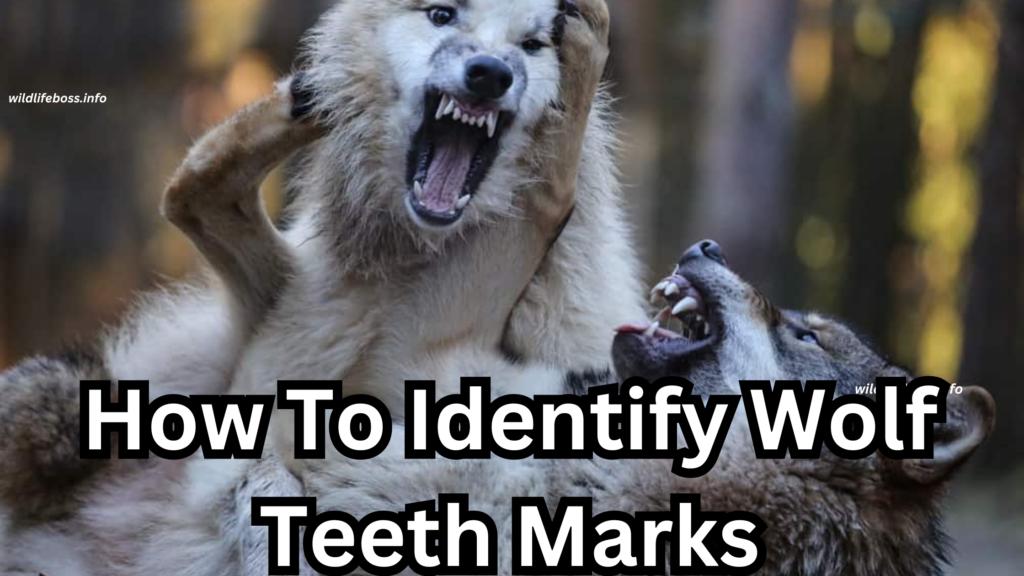
The position of wolf bite marks on the cadaver is one of the first things that determines their identity.
Wolves often bite their victims from the back as they pursue them, leaving bite scars on the tail, crotch, flank, or beneath the right leg.
However, the manner of the kill is frequently more indicative of a wolf’s identity as the predator than the tooth marks itself. A wolf pack will tear apart its kill and consume the bones once it has brought down its meal.
Comparison of Wolf Teeth with Other Animals
Wolf teeth marks resemble those of other canids, such coyotes or wild dogs, since their dental formulae are almost the same. However, because wolves’ canines are often longer and broader than those of other canids, their holes are deeper and more substantial.
In addition, they are further apart than foxes or coyotes.
| CANIDAE SPECIES | CANINE TEETH SPACING | CANINE TEETH DIAMETER |
|---|---|---|
| Wolf | 1.5 to 1.75 inches | ¼ inch |
| Red fox | 0.7 to 1 inch | < ⅛ inch |
| Domesticated dog (large to giant breed) | 1.85 to 2.57 | > ¼ inch |
| Coyote | 1.125 to 1.375 inches | ⅛ inch |
sea also: Orangutan Teeth: All the Best Information You Need(With Photos)
Conclusion:
With 42 teeth and the same fundamental dental formula as other members of the canid family, such dogs, coyotes, and foxes, wolves’ teeth are not much that different from those of these other animals.
But of all the creatures in this family, wolves are the most formidable and lethal; their enormous jaws allow them to take down prey as big as moose or elk.
One may distinguish between a wolf kill and that of another member of the same family by looking at the size of their teeth, particularly their canines, and the space between them.

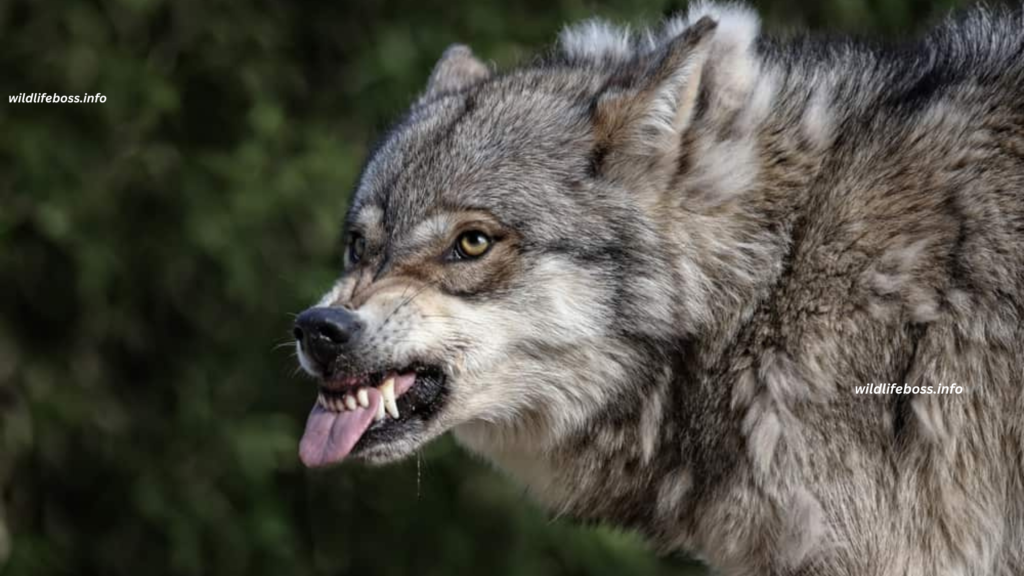
Pingback: 12 Species That Are Similar to Hyenas(With Pictures) – wildlifeboss.info
Pingback: Can Wolves Purr?(5 Amazing Facts About Wolves) - Wildlifeboss.info